Research on Evaluation of Emergency Logistics Supply Capacity of Protective Equipment in Emergencies
DOI: 10.23977/msom.2023.040210 | Downloads: 20 | Views: 1368
Author(s)
Qian Luo 1, Huijie Feng 1
Affiliation(s)
1 School of Management, Hunan University of Technology and Business, No. 569 Yuelu Avenue, Changsha, China
Corresponding Author
Qian LuoABSTRACT
Large emergencies have had a huge impact on China's economy, and people's health and safety, and in recent years, they have shown a fluctuating rebound trend. The risk situation is severe and complex, and the sudden and abnormal nature of disasters is becoming increasingly evident. As an essential part of emergency rescue, emergency protective equipment plays a pivotal role in ensuring the basic life, health, and safety of the people in the affected areas. To alleviate the problem of insufficient emergency logistics supply capacity of protective articles in China, this paper systematically combed the relevant research of domestic and foreign scholars in this field, established an evaluation index system of emergency logistics supply capacity of protective articles by using fuzzy comprehensive evaluation method, and took the supply of emergency protective articles during the COVID-19 in Wuhan, Hubei Province as an example, empirically tested and analyzed the importance of specific influencing factors on supply capacity, Finally, it proposes countermeasures and suggestions in three aspects: plan and exercise, auxiliary support capabilities, and emergency logistics technology.
KEYWORDS
Emergencies, emergency logistics of protective equipment, supply capacity, fuzzy comprehensive evaluationCITE THIS PAPER
Qian Luo, Huijie Feng, Research on Evaluation of Emergency Logistics Supply Capacity of Protective Equipment in Emergencies. Manufacturing and Service Operations Management (2023) Vol. 4: 70-78. DOI: http://dx.doi.org/10.23977/msom.2023.040210.
REFERENCES
[1] Kemball-Cook D. (1984) Stephenson R Lesson in logistics from Somalia. Disaster, 8, 57-66.
[2] Suleyman. T. (1995) An integrated emergency management decision support system for hurricanes emergencies. Safety Science, 2, 39-48.
[3] Shameur. Rahman, David. K Smith. (2000) Use of Localtion-allocation Models in health service development planning in developing nations. European Journal of Operational Research, 3, 437-452.
[4] Cutierrzez. G. J. Kouvelis, Kurawala. (1996) A robusiness approach to uncapacitated network design problems. European Journal of Operations Research, 4, 362-379.
[5] Yen-Hung Lin, Rajan Batta, Peter A. Rogerson, Alan Blatt, Marie Flanigan. (2011) A logistics model for emergency supply of critical items in the aftermath of a disaster. Socio-Economic Planning Sciences, 4, 132-145.
[6] Ou Zhongwen, Li Ke, Jiang Yuhong, Wang Huiyun, Gan Wenxu. (2005) Study on Support Mechanism of Emergency Logistics. Logistics Technology, 9, 3-15.
[7] Fan Houming, Zhao Tong, Liu Yan, Han Zhen, Dong Guosong, Shi Lihong. (2008) Research on the logistics mechanism of emergency rescue of burst natural disasters in China. Journal of Dalian University of Technology (Social Sciences), 4, 73-78.
[8] Zhao Shifeng, Li Xuegong. (2013) A Research on Agricultural Logistics Emergency Coordination and Command System. Grain Distribution Technology, 1, 1-7+12.
[9] Ji Guojun, Zhu Caihong. (2007) Study on the Distribution Optimal Problem in Emergency Logistics for Emergency Ecent. China Business and Market, 3, 18-21.
[10] Zhu Li, Cao Jie. (2014) Emergency Resource Allocation Optimization under Disaster Spreading with Fuzzy Demand. Journal of Systems Science and Complexity, 6, 663-673.
[11] Ji Xia. (2010) Talk about the construction of emergency logistics and emergency material support system. Commercial Times, 21, 42-43.
| Downloads: | 6483 |
|---|---|
| Visits: | 184133 |
Sponsors, Associates, and Links
-
Information Systems and Economics
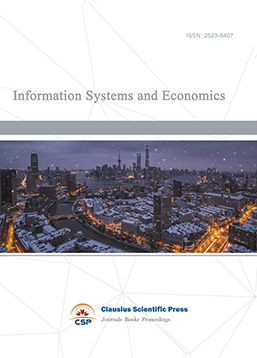
-
Accounting, Auditing and Finance
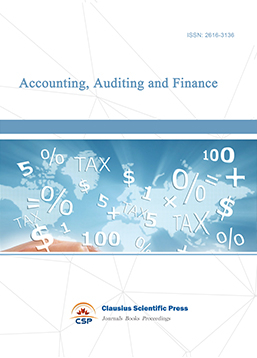
-
Industrial Engineering and Innovation Management
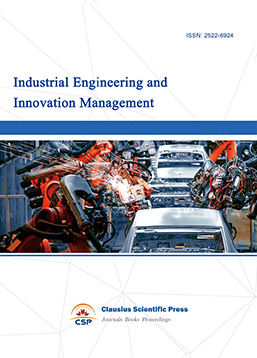
-
Tourism Management and Technology Economy
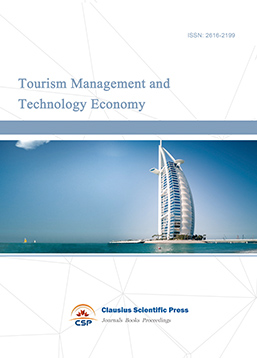
-
Journal of Computational and Financial Econometrics
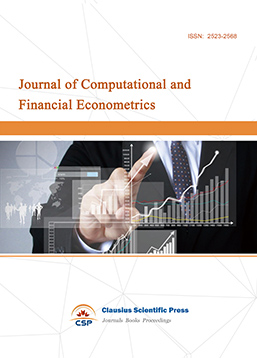
-
Financial Engineering and Risk Management

-
Accounting and Corporate Management
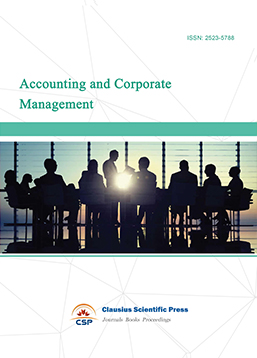
-
Social Security and Administration Management
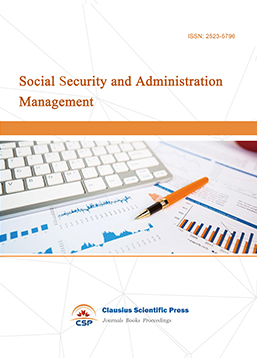
-
Population, Resources & Environmental Economics
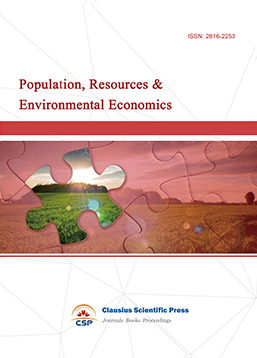
-
Statistics & Quantitative Economics

-
Agricultural & Forestry Economics and Management

-
Social Medicine and Health Management
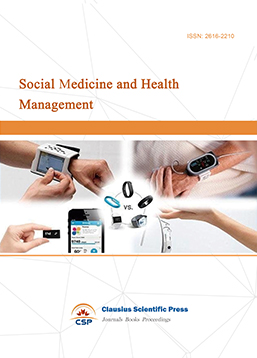
-
Land Resource Management
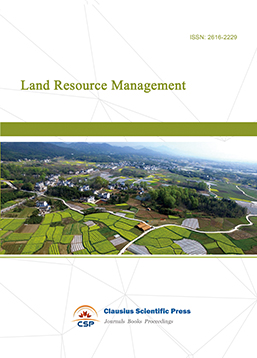
-
Information, Library and Archival Science
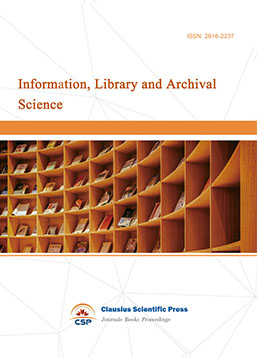
-
Journal of Human Resource Development
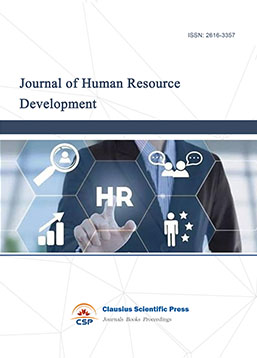
-
Operational Research and Cybernetics
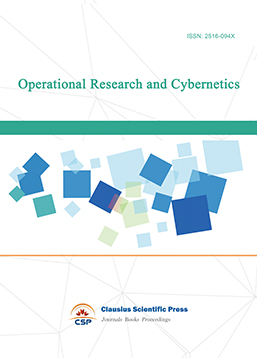

 Download as PDF
Download as PDF